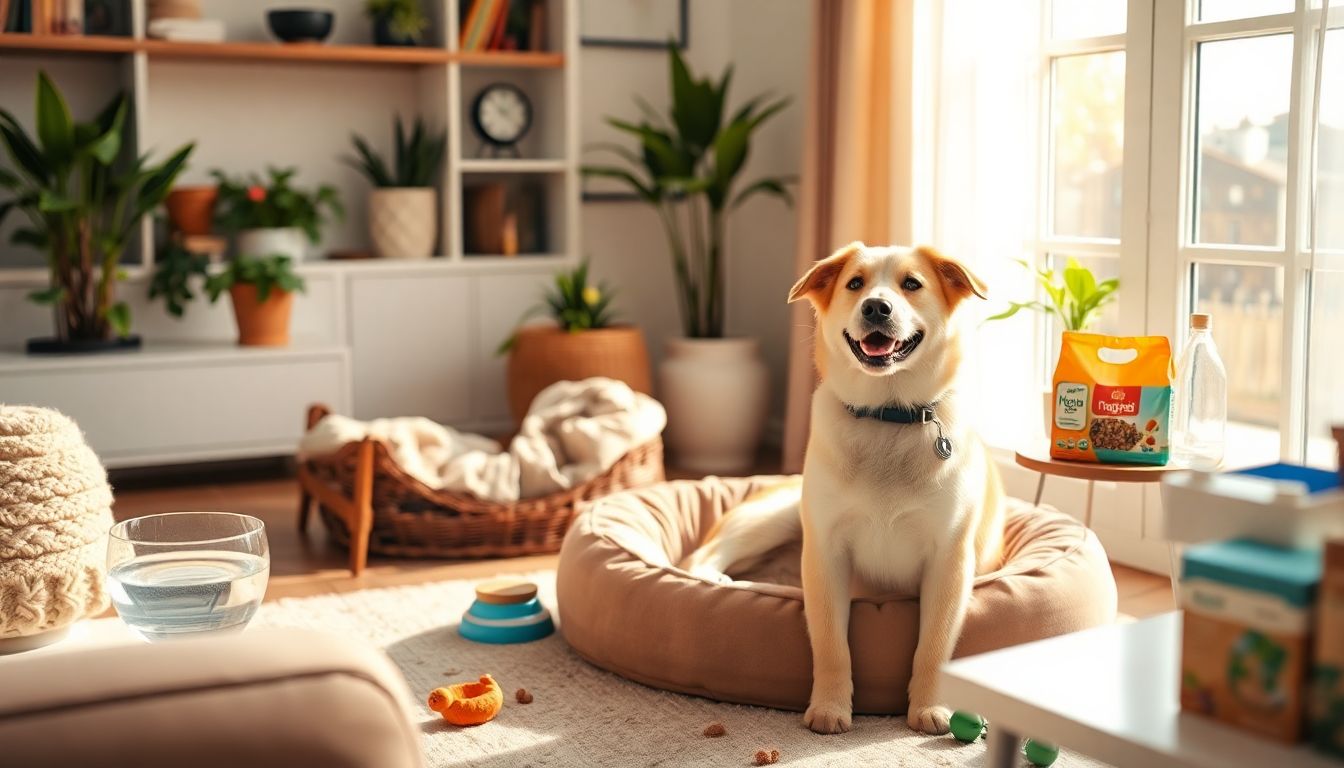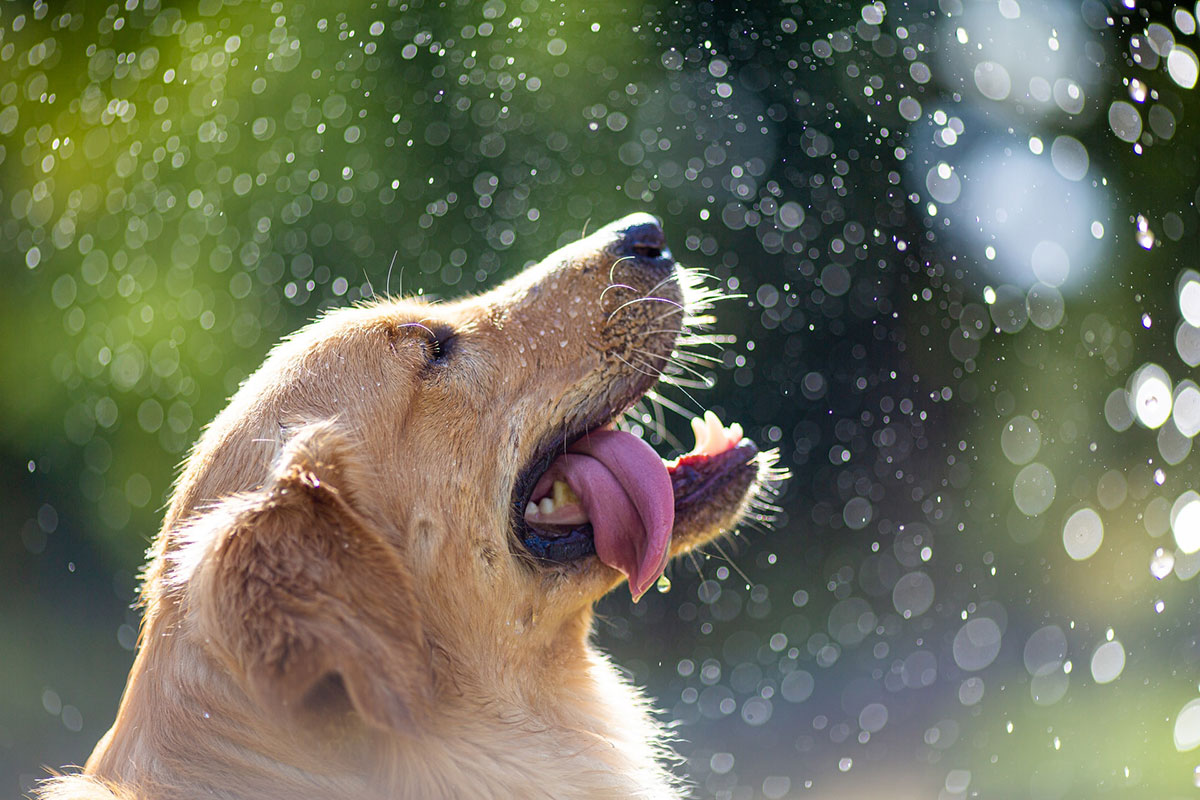Introduction
More and more people are choosing to welcome dogs into their homes. Owning a dog brings joy and companionship, but also comes with important responsibilities. Proper dog care means more than just feeding — it means ensuring your dog is safe, healthy, and happy. Good care helps dogs live longer, more fulfilling lives.
If you’ve recently become a first-time dog owner, this guide is for you. Learn the basics of how to confidently and lovingly care for your furry friend.
Understanding the Basics of Your Dog
Nutritional Needs of a Healthy Dog
Feeding your dog the right food is crucial. A balanced diet should match your dog’s breed, age, and health condition. Puppies, adults, and seniors all have different needs. Choose food suited for your dog’s size and condition, and follow a regular feeding schedule. Most dogs eat two meals a day. Watch for signs like a dull coat, weight issues, or appetite changes — these can indicate nutritional problems.
Provision of Proper Shelter and Environment
Your dog needs a cozy, safe place to rest. Indoors or outdoors, their space should be clean, dry, and secure. Avoid sudden environmental changes and remove anything dangerous or scary from their area.
Offering Regular Exercise and Mental Stimulation
Dogs are active animals. While small breeds may need only playtime, larger dogs usually need daily walks. Exercise helps control weight and reduces boredom-related behaviors. Mental stimulation through puzzle toys and training exercises also keeps your dog sharp and content. Physical and mental activities are just as important as food for a dog’s well-being.
Basic Essential Healthy Dog Care
Routine Veterinary Check-ups
Vet visits aren’t just for when your dog is sick. Regular check-ups help maintain their health. Most dogs need annual visits, though puppies and seniors may require more. These check-ups cover everything from vaccinations to dental care. Preventive care like flea control and deworming is essential. Early detection of problems saves money and prevents suffering.
Recognizing Signs of Illness
Know your dog’s normal behavior and watch for symptoms like coughing, vomiting, diarrhea, or sudden lethargy. Changes in eating, drinking, or bathroom habits may be a red flag. If your dog shows signs of pain or odd behavior, contact your vet immediately. Basic first aid knowledge can be lifesaving in emergencies.
Grooming and Hygiene
Bath your dog with mild, dog-safe shampoo to prevent skin infections. Clean ears regularly, brush teeth to fight plaque, and maintain a grooming routine suited to your dog’s coat type. Long-haired breeds may need daily brushing, while short-haired dogs need only weekly grooming. Proper grooming keeps your dog healthy and looking great.
Training and Socialization
Training Basic Obedience
Teach basic commands like sit, stay, come, and heel. Use treats and praise to reward good behavior. Be consistent and avoid punishment. Daily practice creates a well-behaved dog that’s easier to manage and safer to be around.
Socialization of the Dog
Expose your dog to various people, animals, and environments, starting in puppyhood. This builds confidence and helps prevent behavioral problems. Dog parks and training classes are great places to socialize safely. If your dog shows fear or aggression, slow down and consult a professional trainer.
Conclusion
Owning a dog requires effort, but the rewards are incredible. Whether it’s nutrition, health care, training, or shelter, your dog depends on you for everything. Dogs become loyal companions when treated with love, patience, and consistent care. Keep learning, stay engaged, and enjoy every moment of the journey with your four-legged friend.









